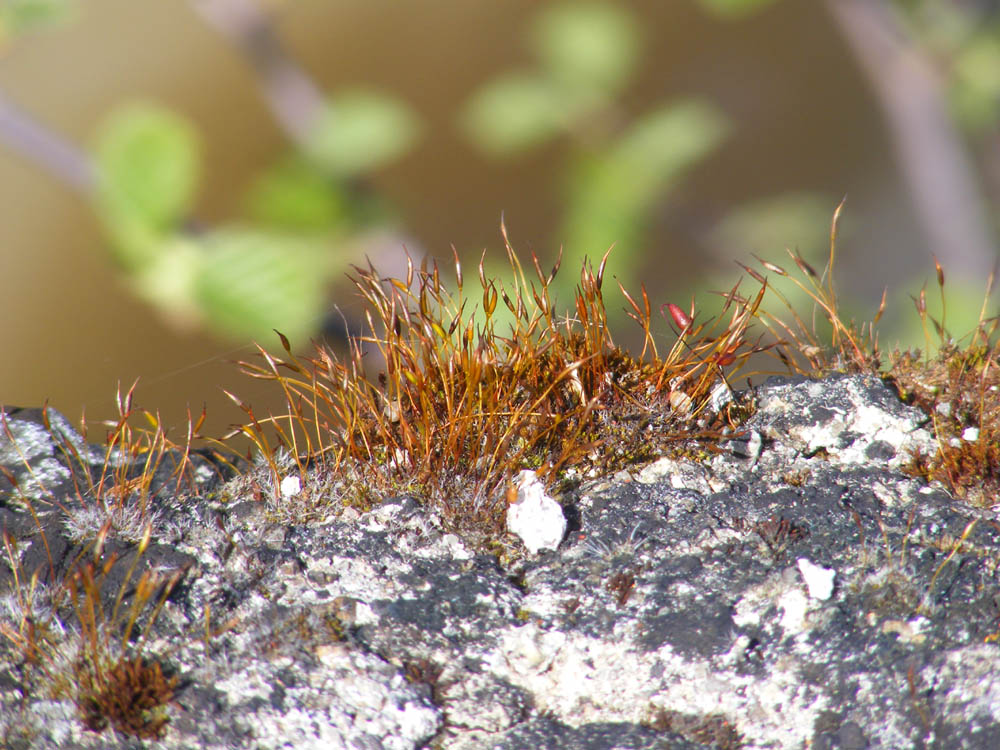
image from: https://www.picturethisai.com/wiki/Tortula_muralis.html
Exploring the Fascinating World of Tortula Moss
Introduction
Mosses are often overlooked, but they play important roles in ecosystems around the world. One particularly interesting moss is

image from: https://www.alamy.com/clump-of-tortula-muralis-moss-showing-sporophytes-image216179524.html
Tortula muralis var. brevipedunculata Rehmann ex Sim

image from: https://www.britishbryologicalsociety.org.uk/learning/species-finder/tortula-muralis/
, also known simply as Tortula. This tiny but mighty plant is part of the

image from: https://pixabay.com/photos/moss-tortula-muralis-seed-flower-5504687/
Pottiaceae family and has some remarkable characteristics. Let’s take a closer look at this fascinating moss!
Background on Mosses

image from: https://www.alamy.com/stock-photo-wall-screw-moss-tortula-muralis-growing-on-a-dry-stone-wall-in-the-47465453.html
Before diving into the specifics of Tortula, it’s helpful to understand what mosses are. Mosses are small, non-vascular plants in the division

image from: https://blogs.ubc.ca/biology321/?page_id=506
Bryophyta. They lack true roots, stems, and leaves, instead having structures that serve similar functions. Mosses reproduce via spores rather than seeds and are found in a wide range of habitats across the globe.
Morphology and Identification
Tortula muralis var. brevipedunculata is a small, cushion-forming moss. Its leaves are lance-shaped and have a distinct, hyaline (transparent) hair-point at the tip. The leaf margins are recurved and the costa (midrib) is strong, often extending to the leaf apex. Tortula’s spore capsules are cylindrical and borne on short setae (stalks). The peristome teeth, structures surrounding the capsule opening, are long and twisted.

image from: https://www.flickr.com/photos/annette_rumbelow/6635830919

image from: https://www.flickr.com/photos/annette_rumbelow/6628416917/
Global Distribution and Habitat
This variety of Tortula muralis is found in many parts of the world, including Europe, Asia, Africa, and the Americas. It commonly grows on basic substrates like concrete, mortar, and calcareous rocks in urban areas. Tortula is tolerant of pollution and disturbance, making it well-suited to city environments.
Ecological Roles and Adaptations
Like other mosses, Tortula plays important ecological roles:
- It helps prevent soil erosion by stabilizing the ground surface
- Tortula provides habitat for tiny invertebrates
- It participates in nutrient cycling and water retention in its ecosystem

image from: https://loirenature.blogspot.com/2015/10/wall-screw-moss-tortula-muralis.html
Tortula has several adaptations that allow it to thrive in urban habitats:

image from: https://learningaboutmosses.wordpress.com/2017/12/22/tortula-muralis/tortula-muralis-leaves/
- The hair-points on its leaves help reflect excess light and conserve moisture
- Its cushion growth form is resistant to mechanical damage
- Tortula tolerates periods of desiccation thanks to its ability to quickly rehydrate
Conclusion
Tortula muralis var. brevipedunculata may be small, but it is a resilient and ecologically important moss. Its ability to grow in urban environments around the world makes it a cosmopolitan species. Next time you see some moss growing on a wall or sidewalk, take a closer look – it might be Tortula! What other adaptations do you think help this tiny plant survive in cities?